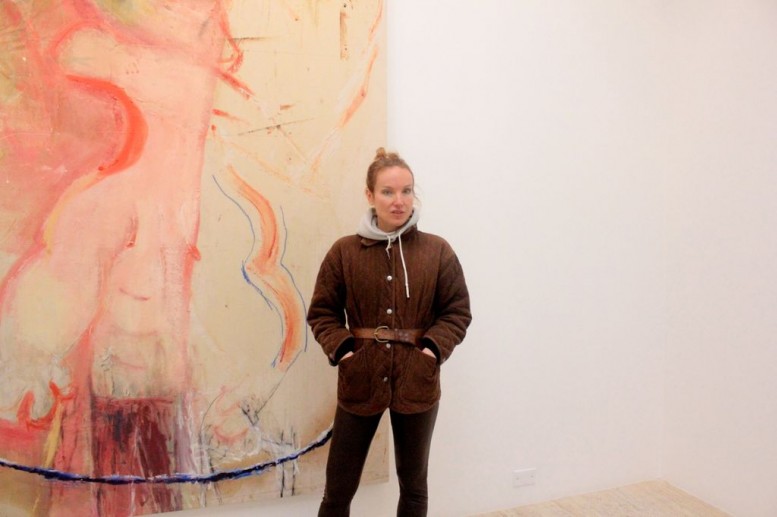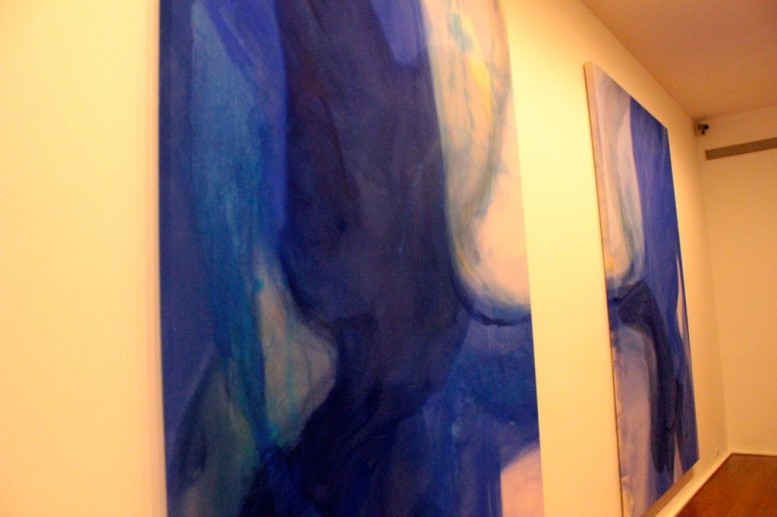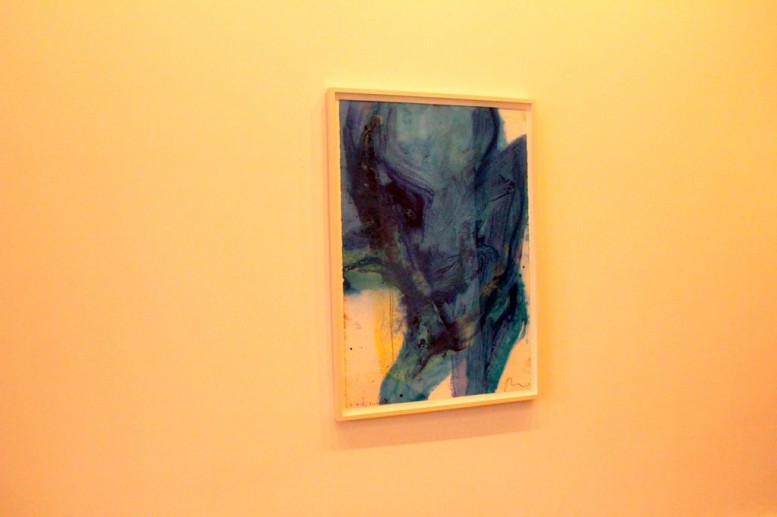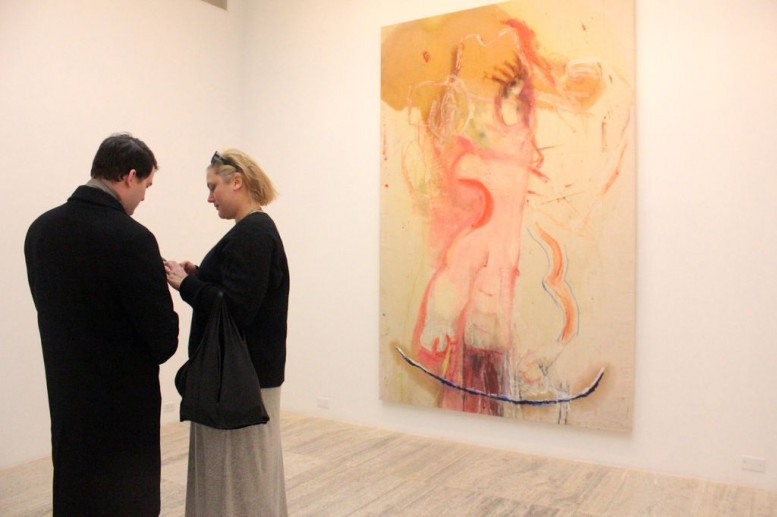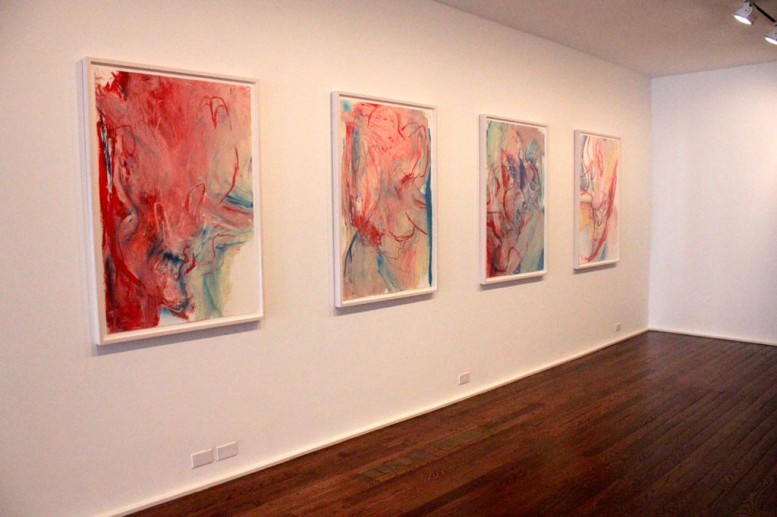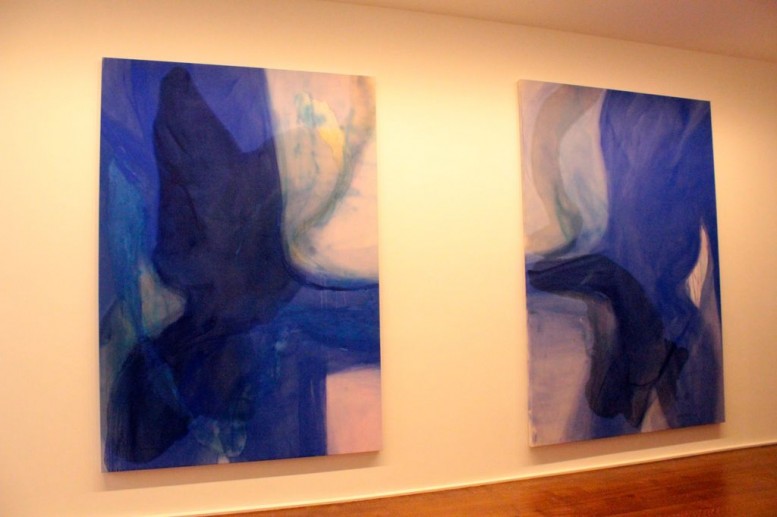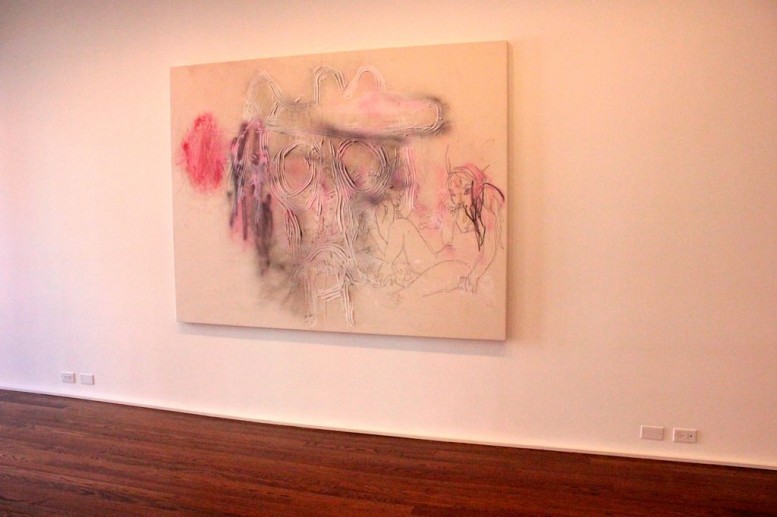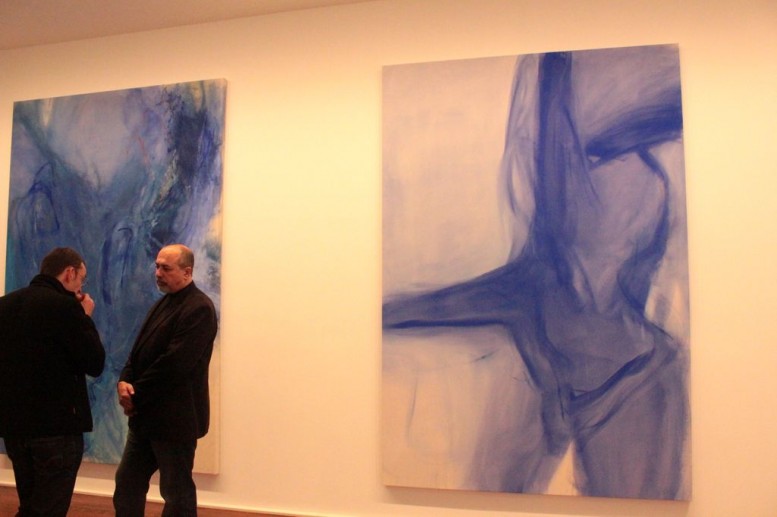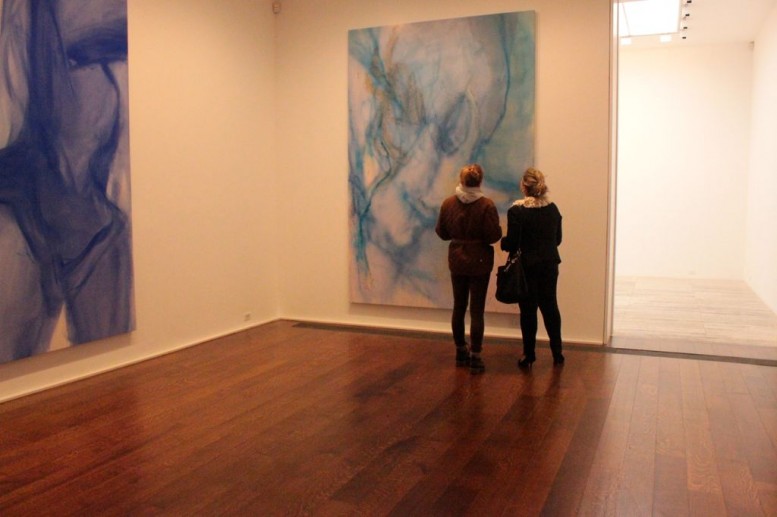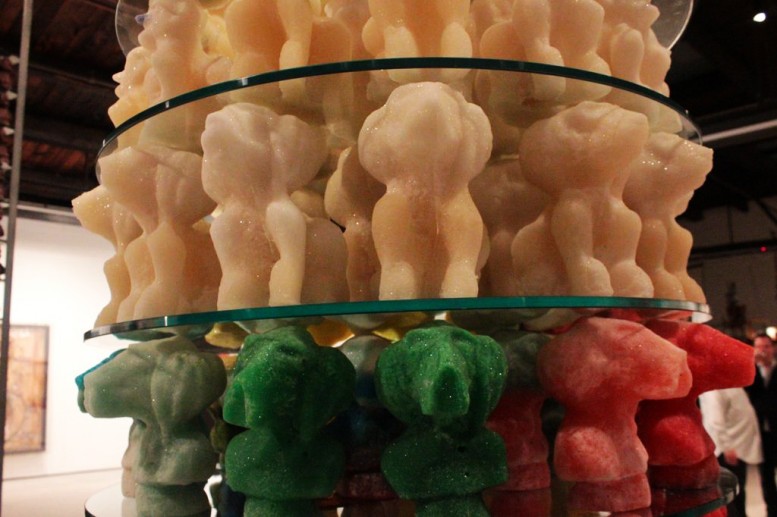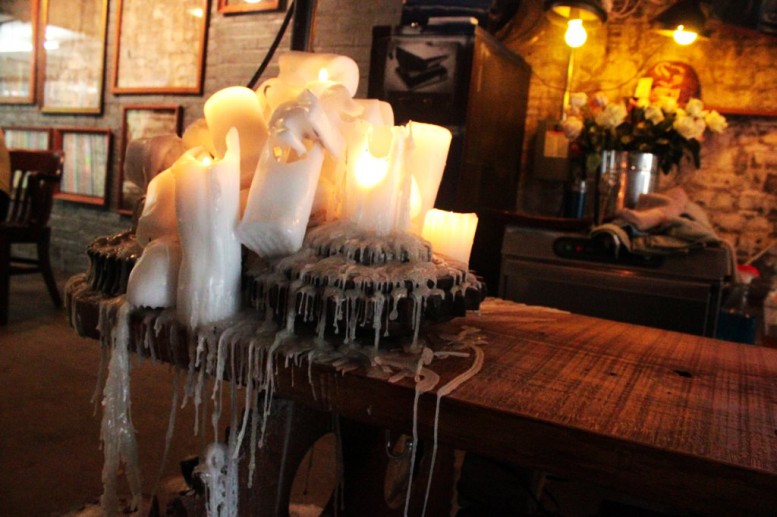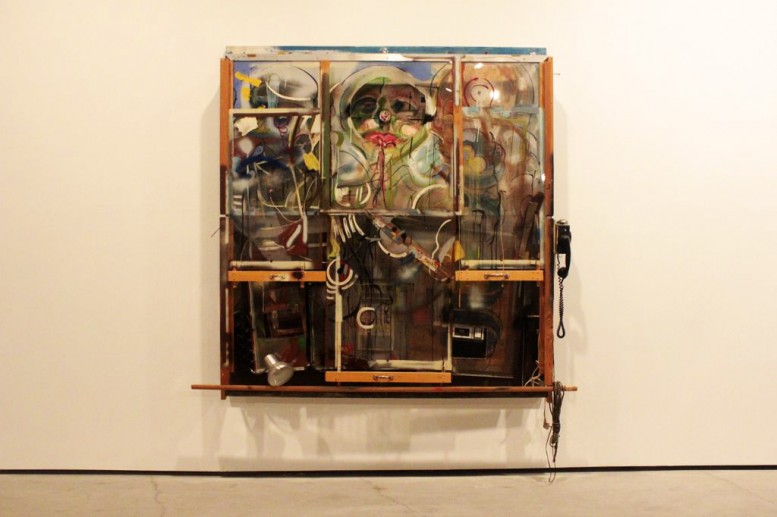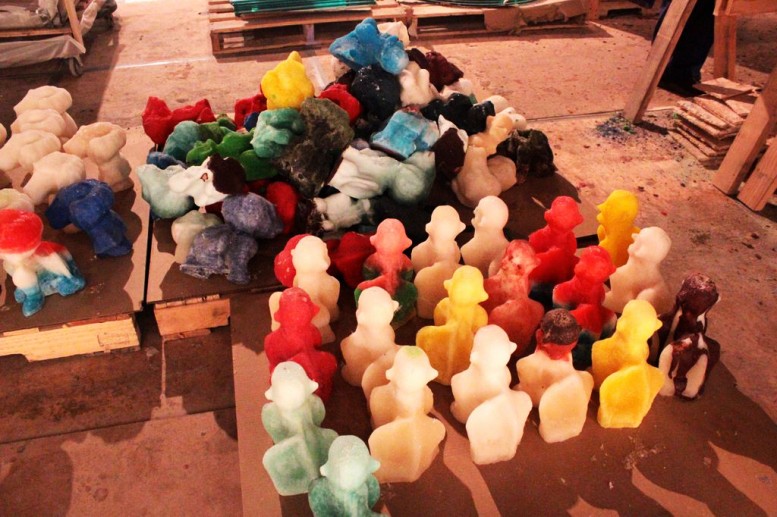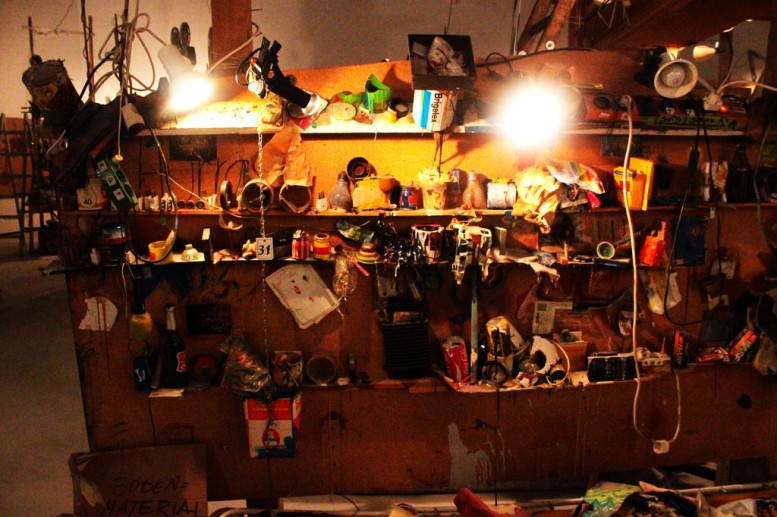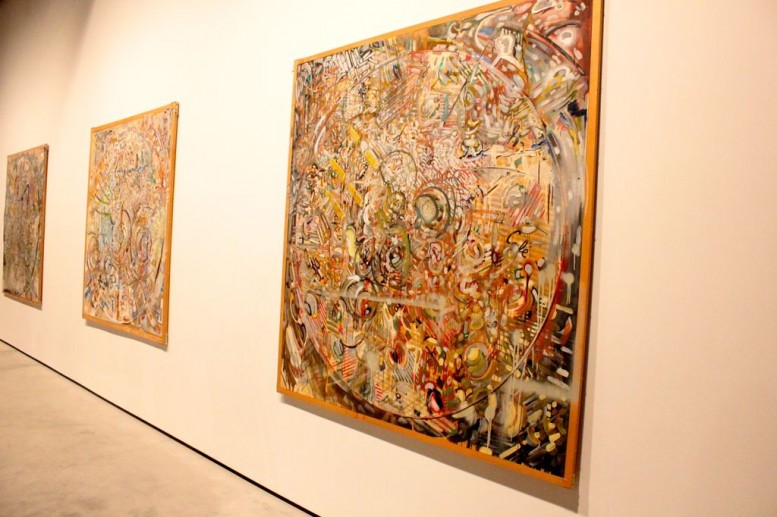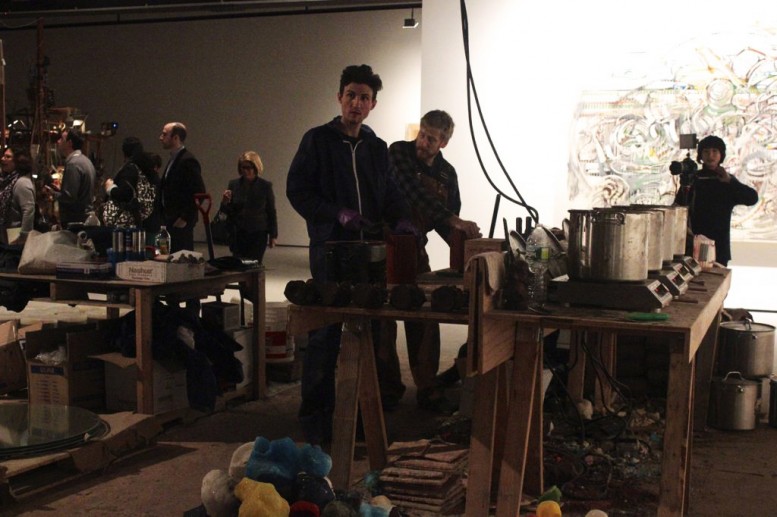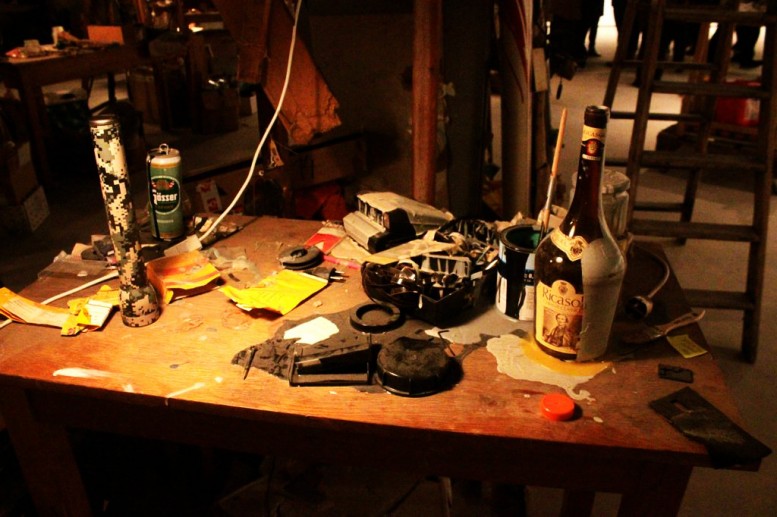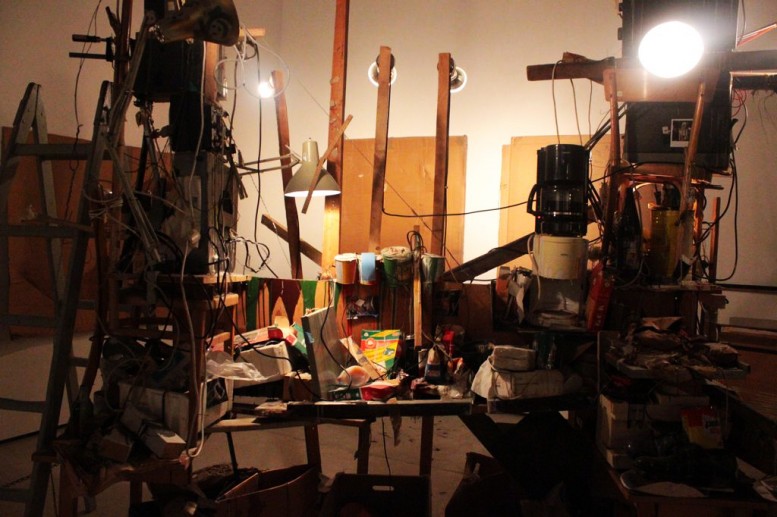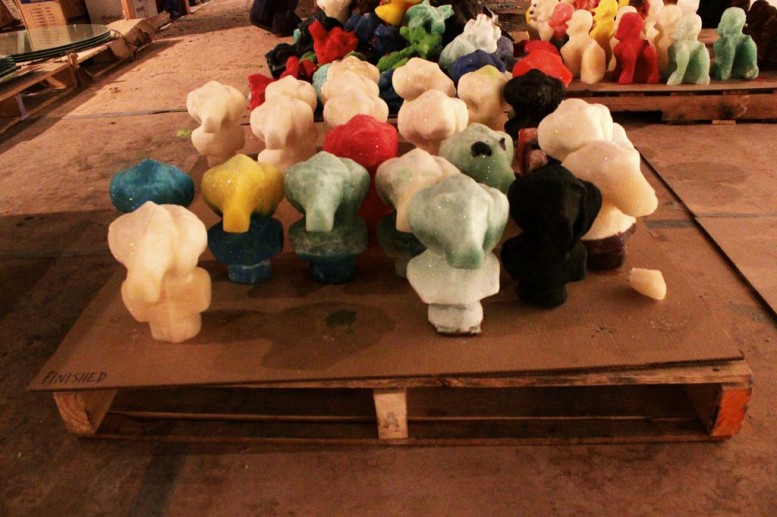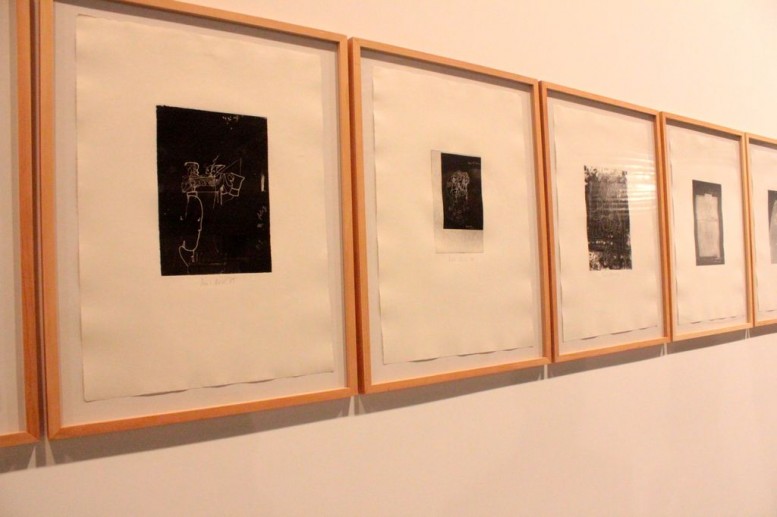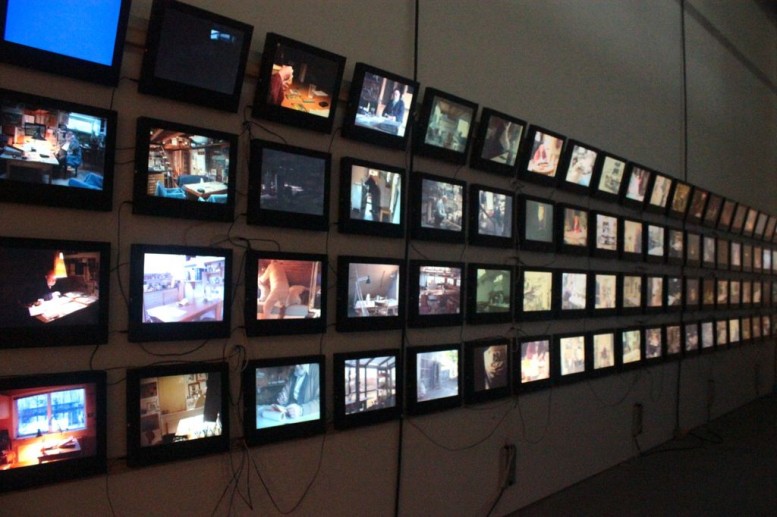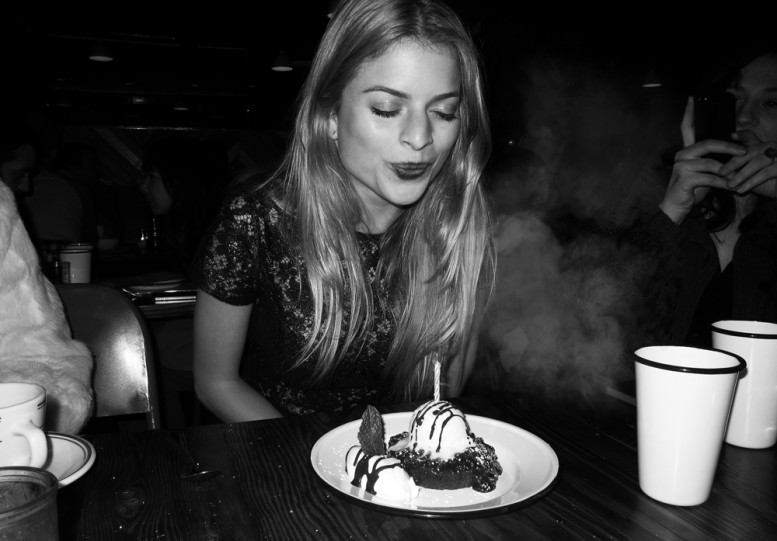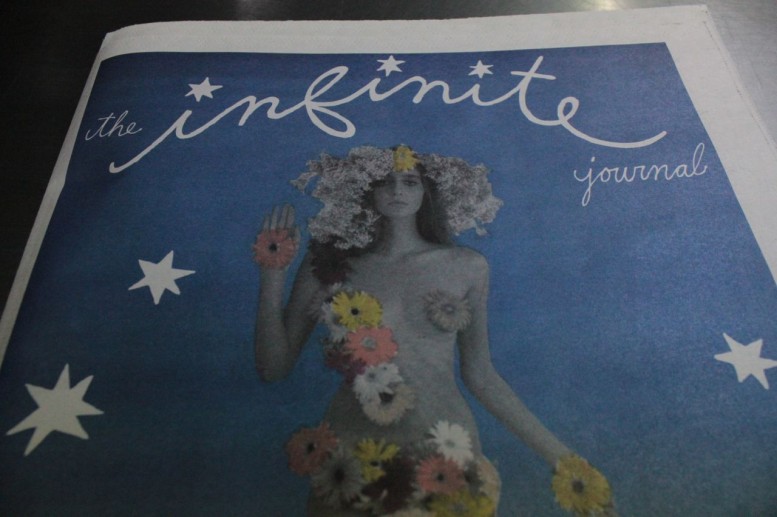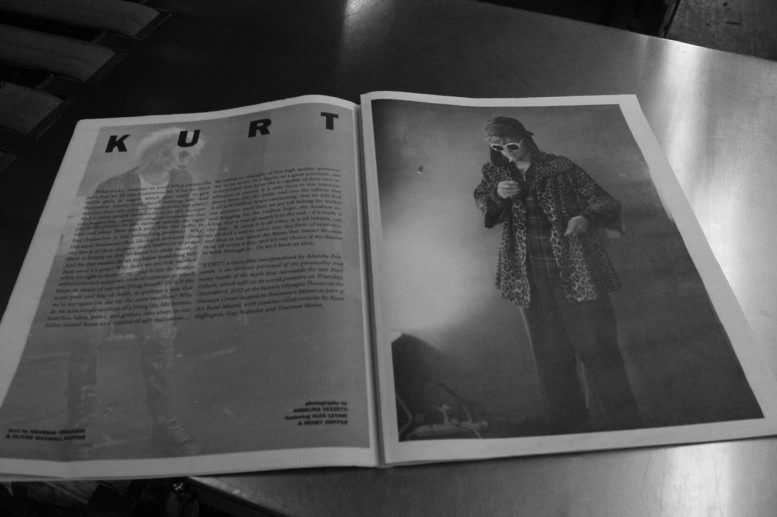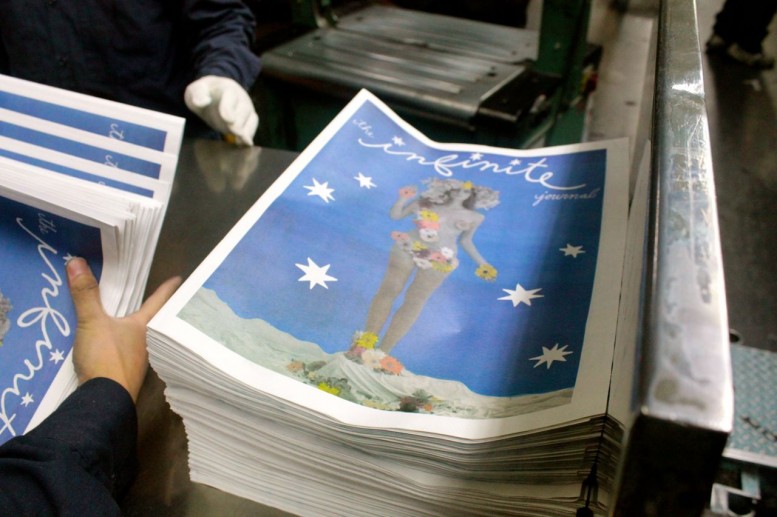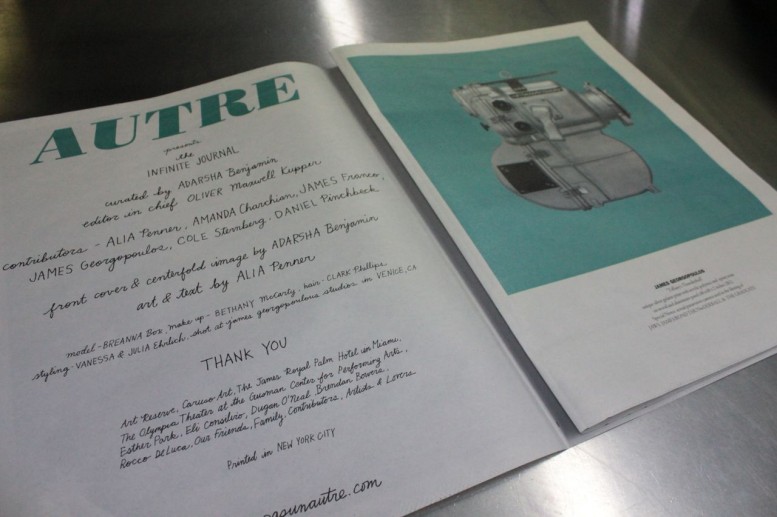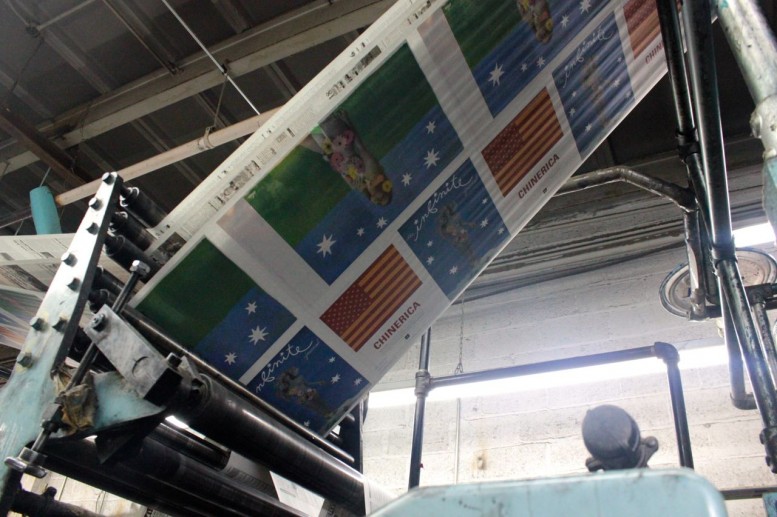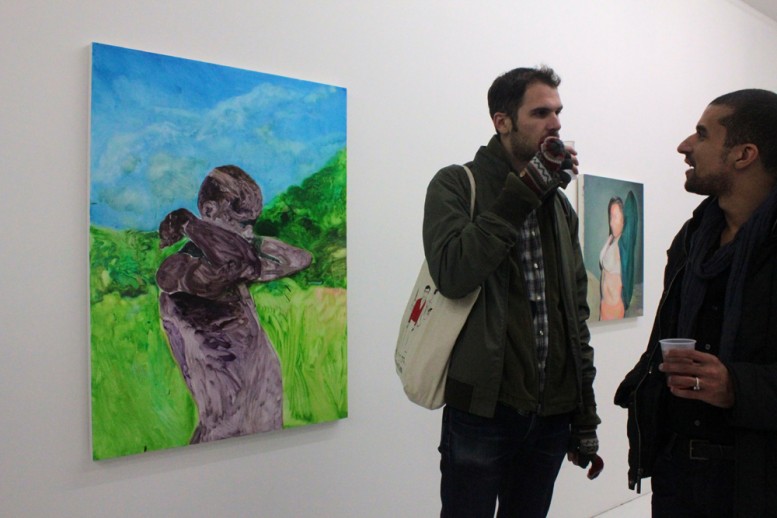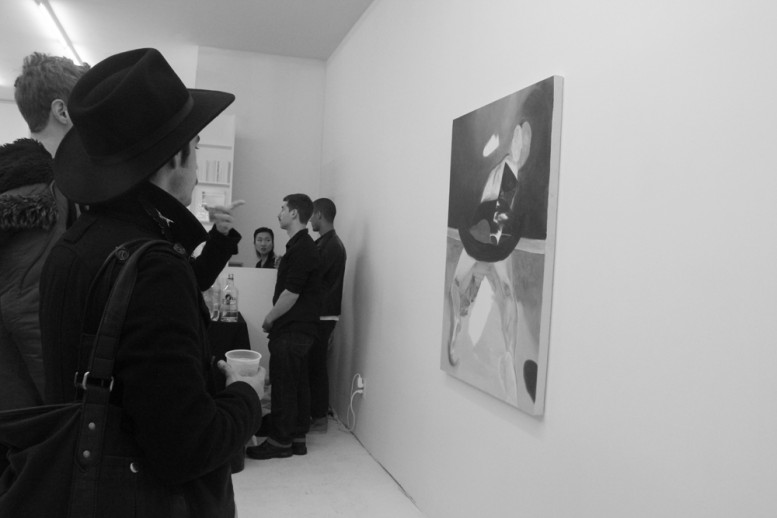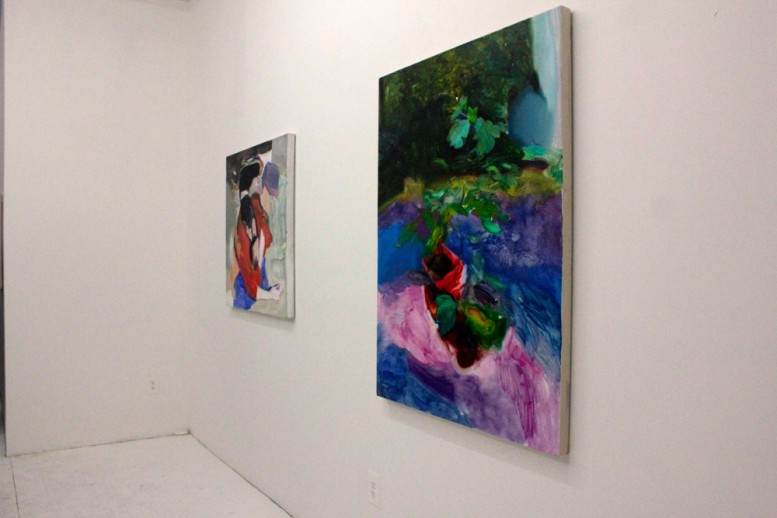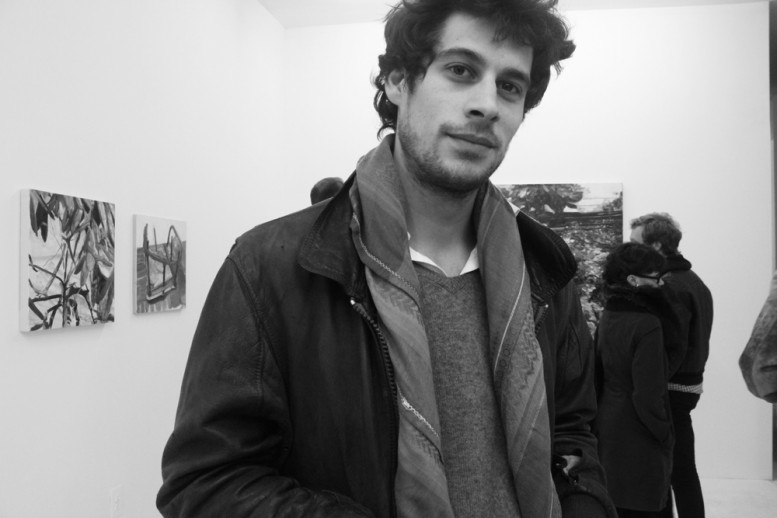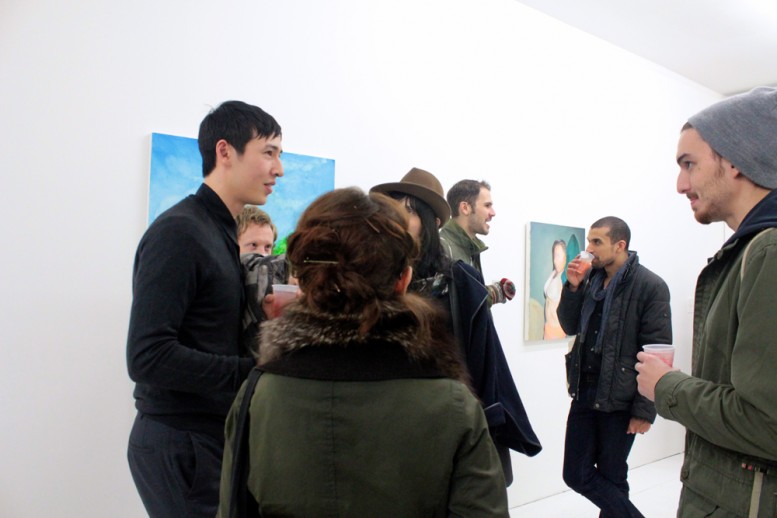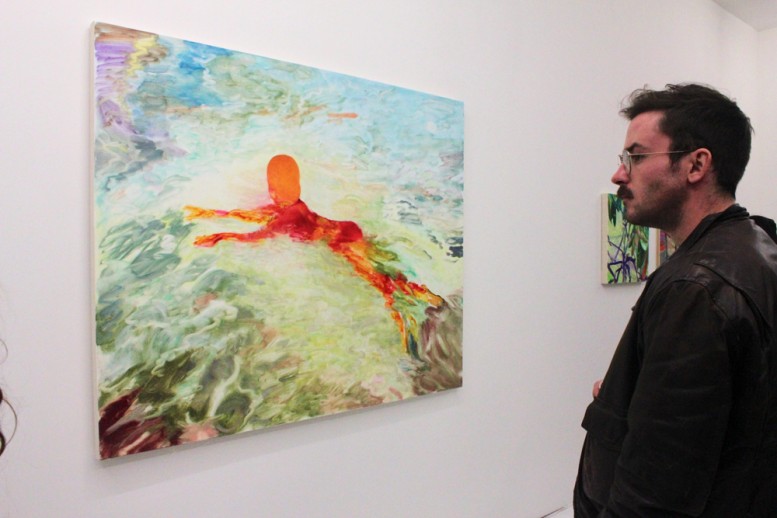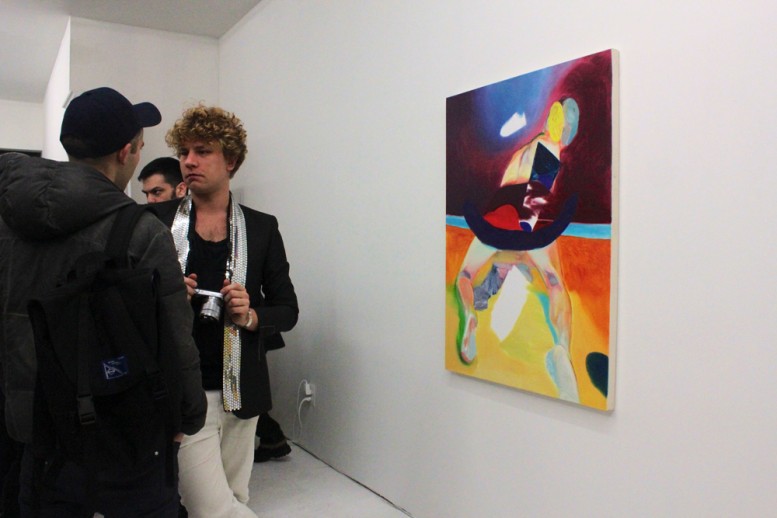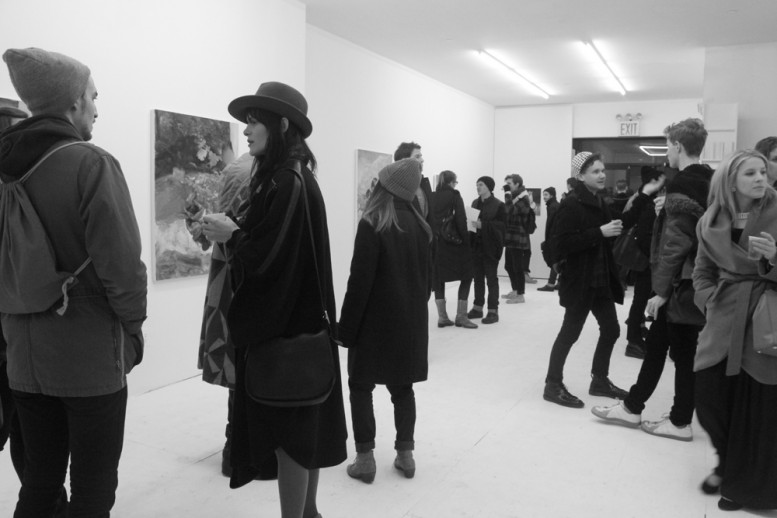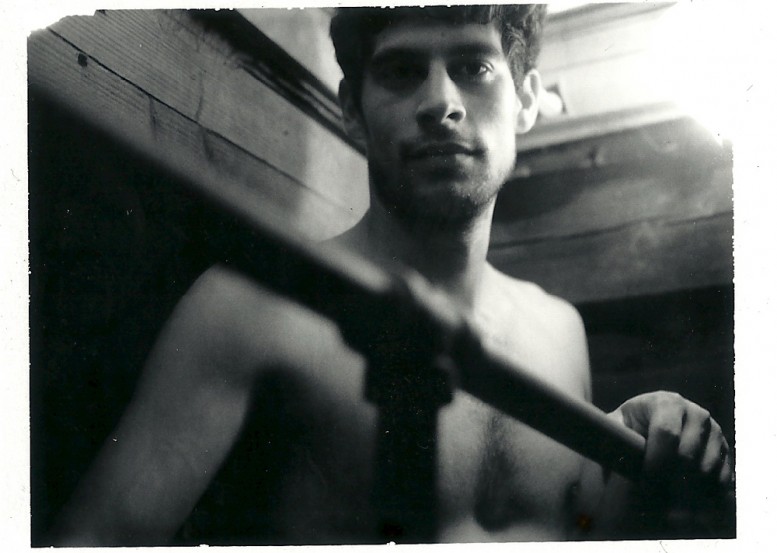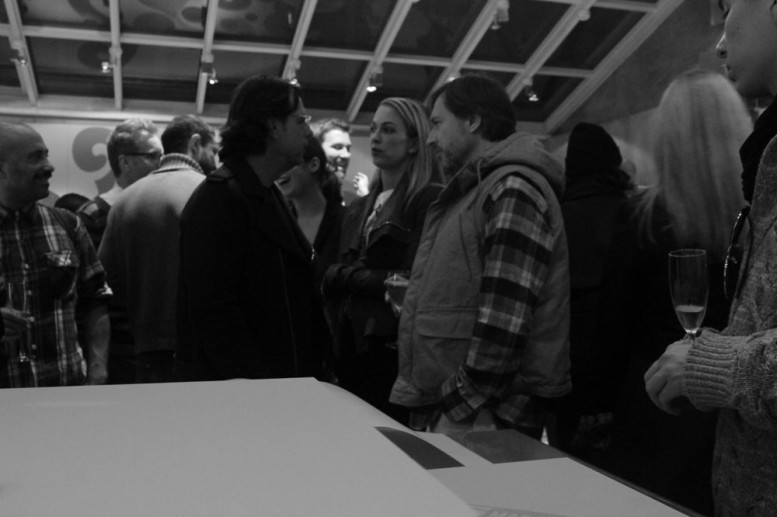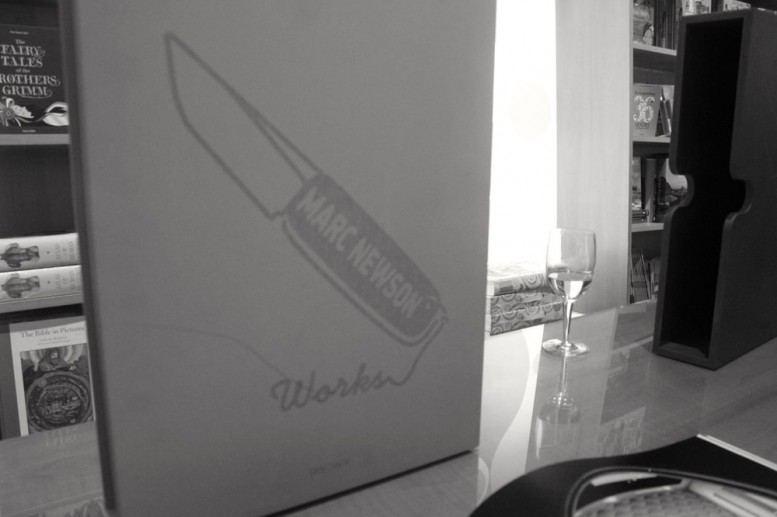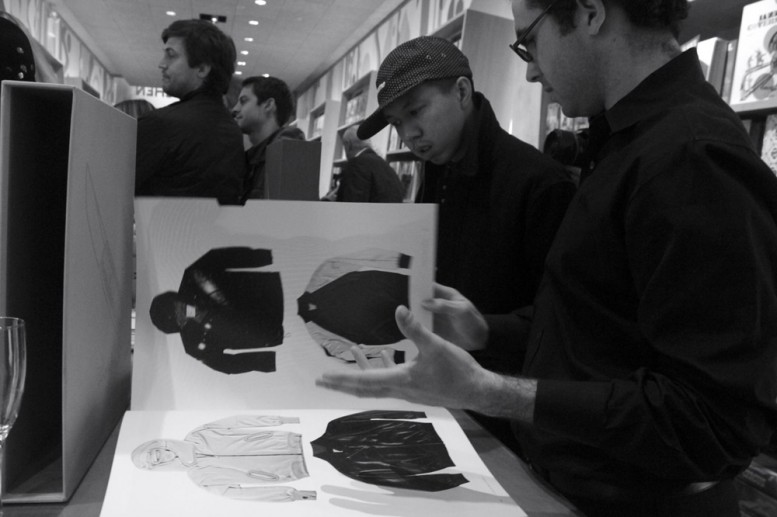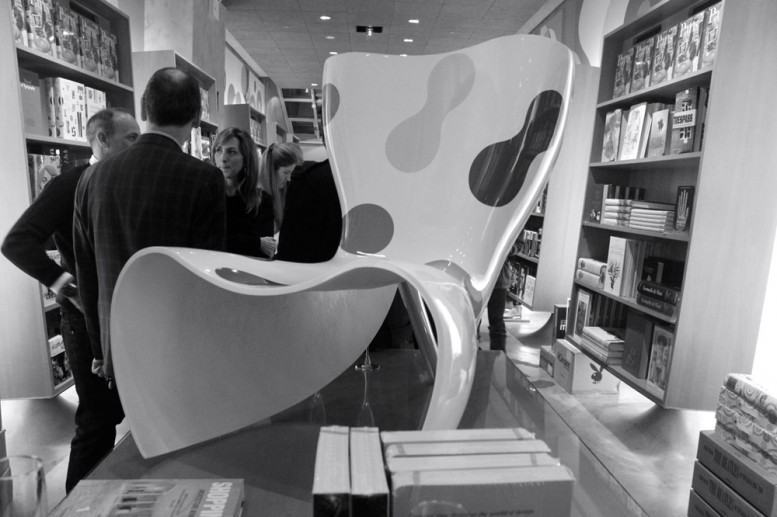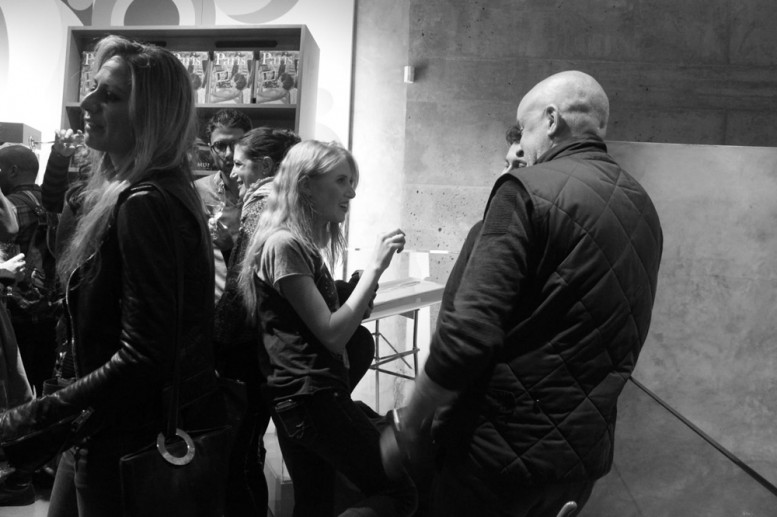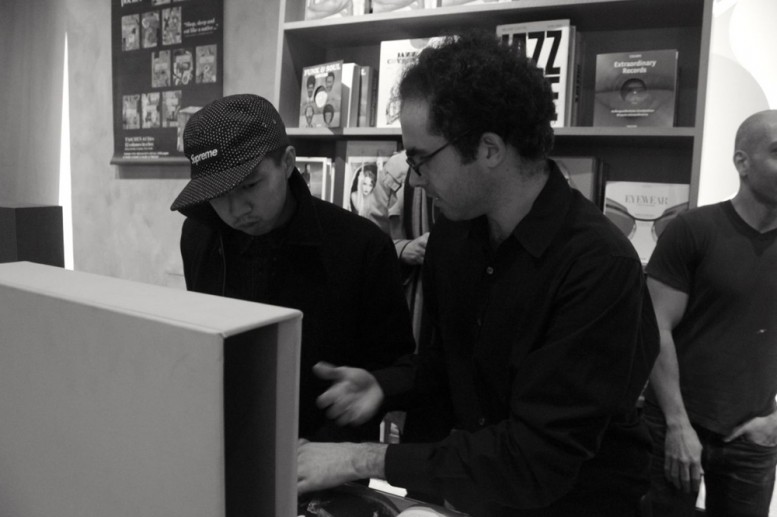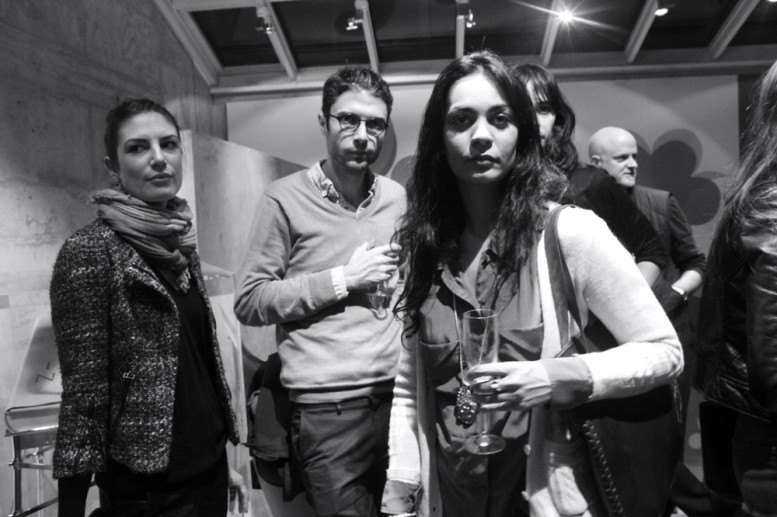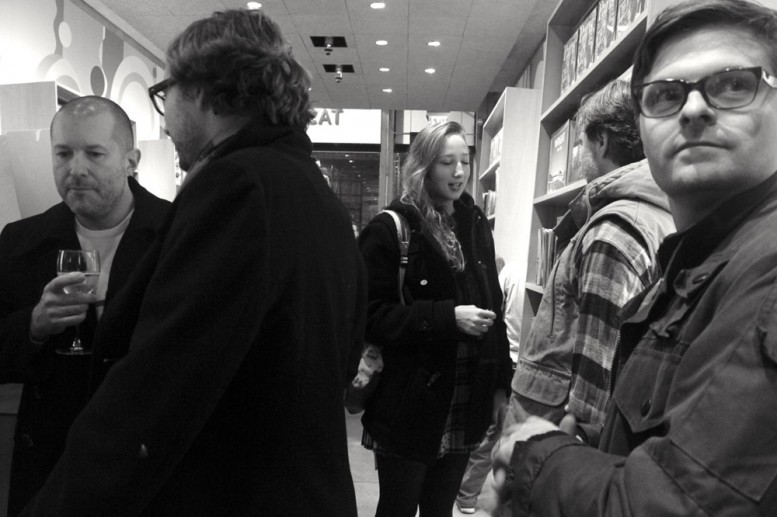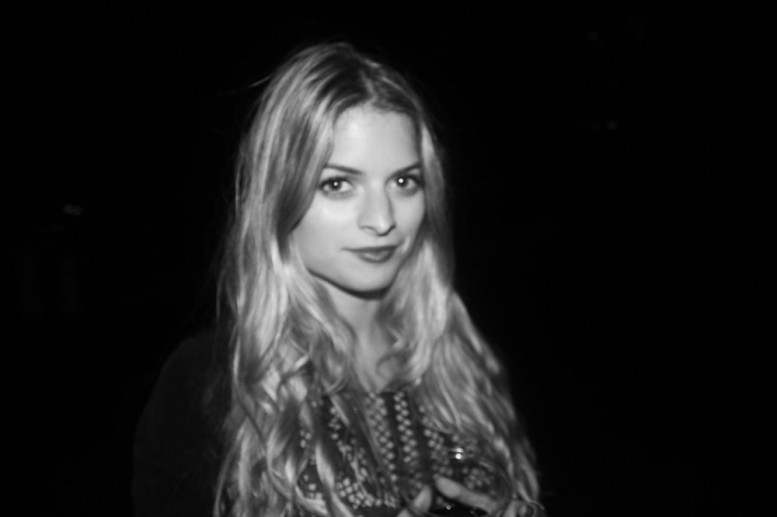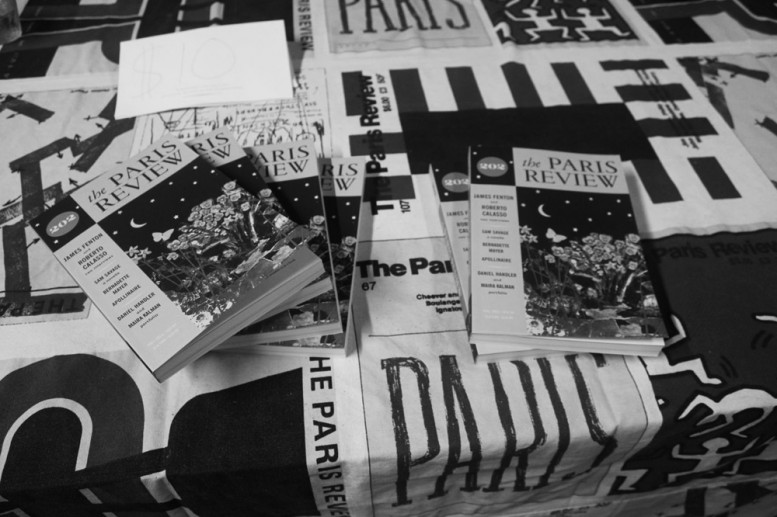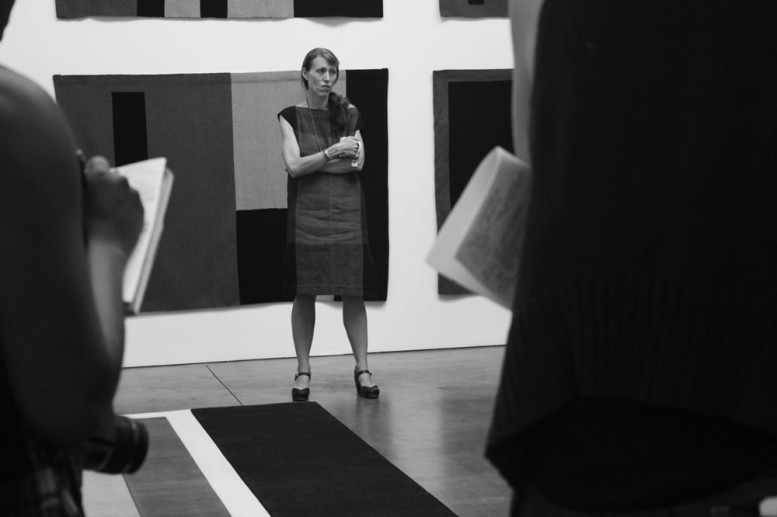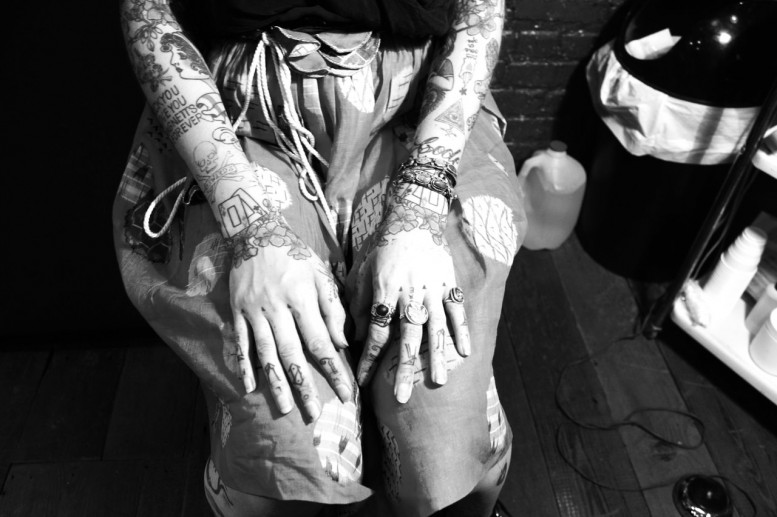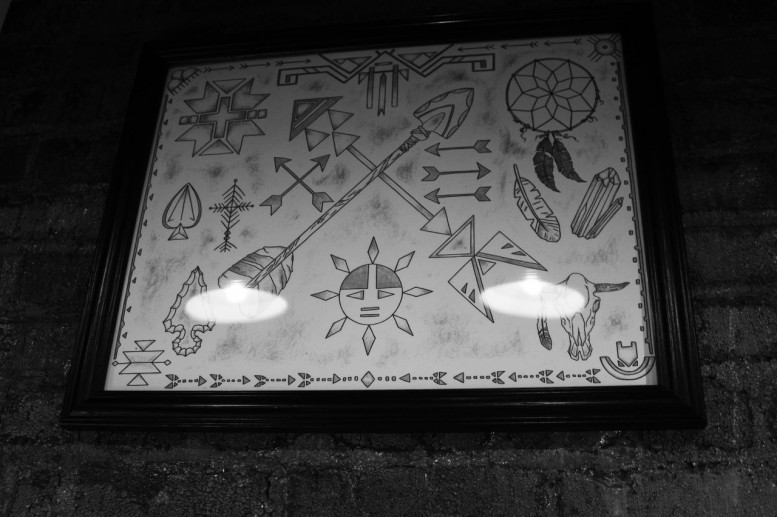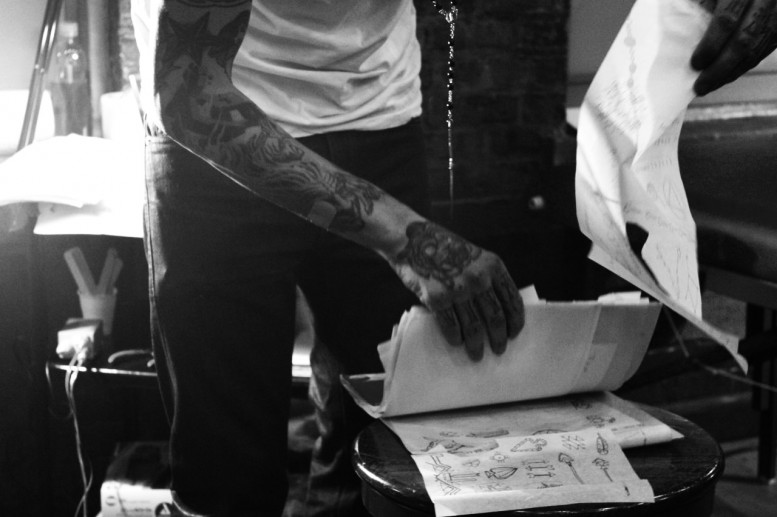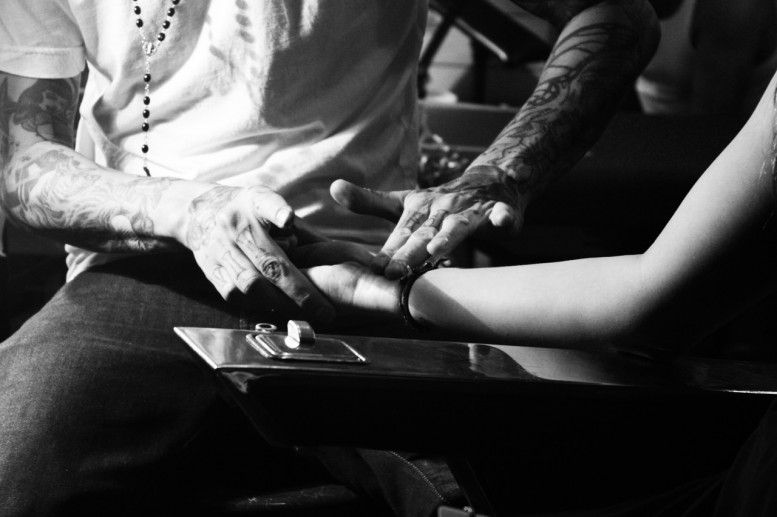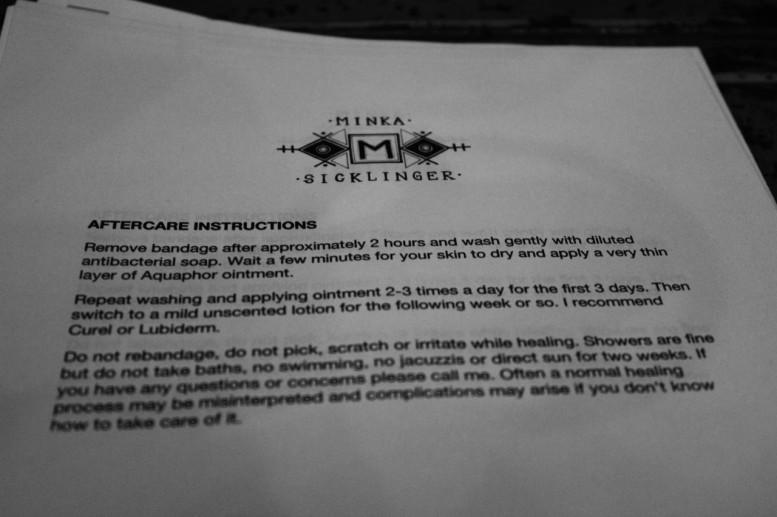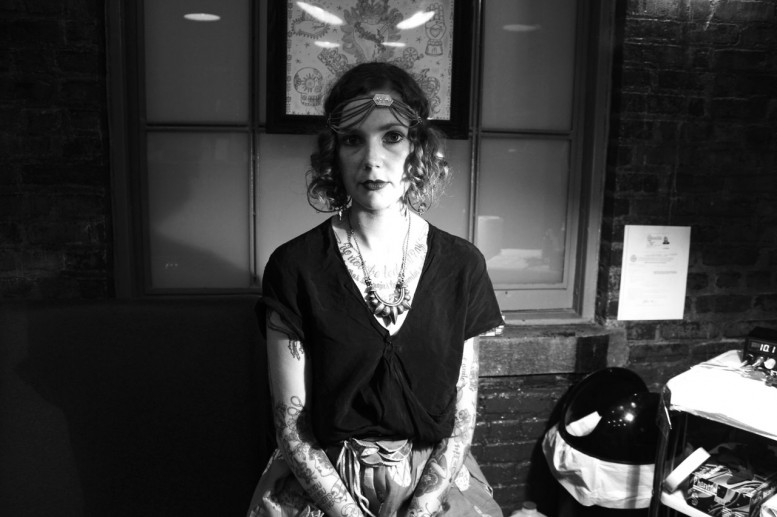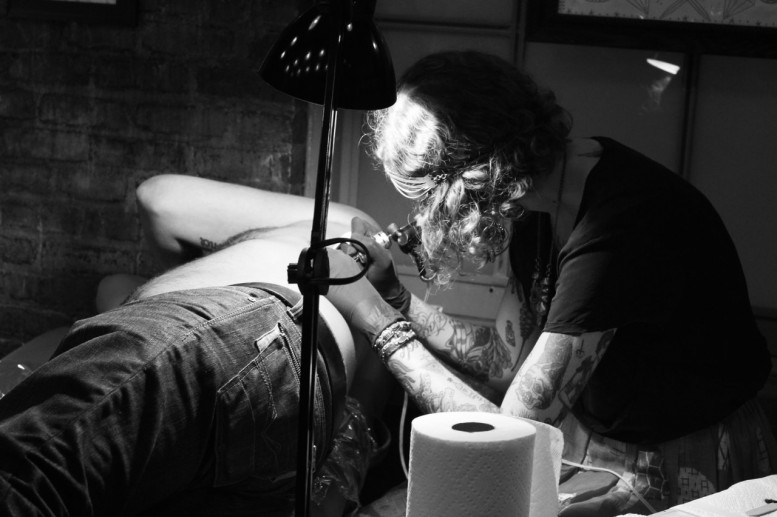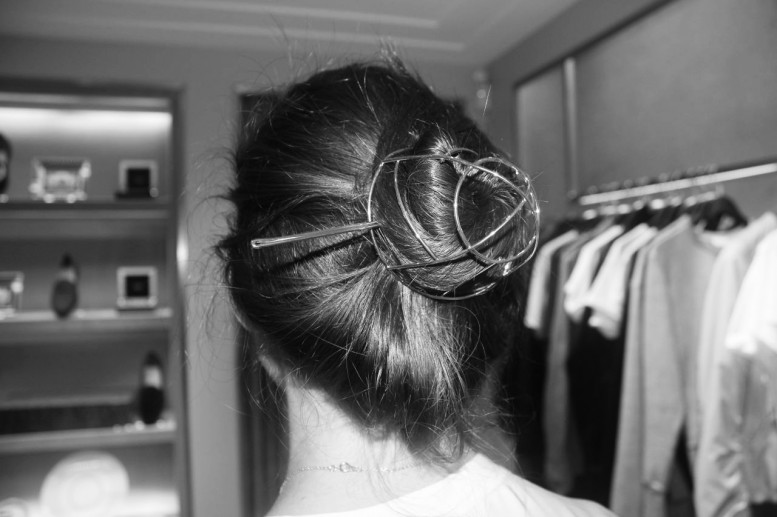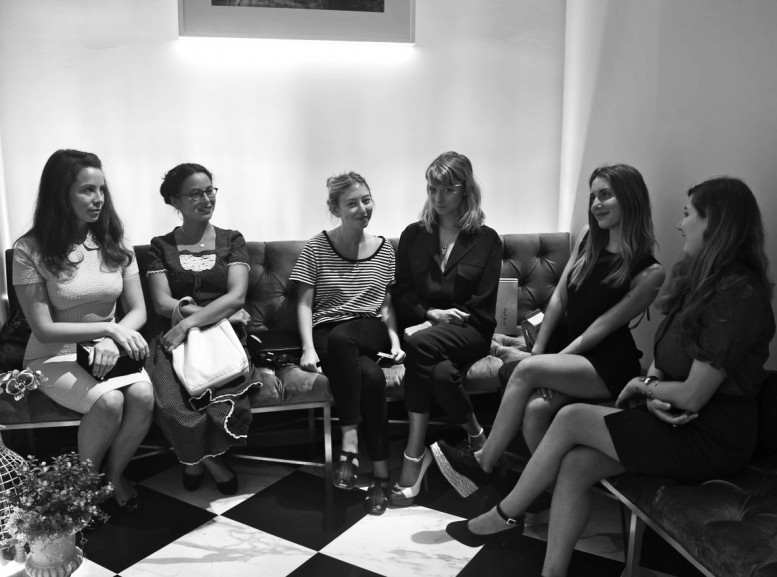interview by Annabel Graham
portraits by Paige Strabala
I first met Nada Alic in the fall of 2019, in New York, at a literary reading held at the Nolita headquarters of a women’s sleepwear brand. The small storefront was packed, and readers perched on the edge of a gigantic feather bed in the center of the room. Most of the guests were there to see a certain Instagram poet with an especially rabid fan base—I witnessed actual tears of joy when said poet opened her mouth—but it was Alic who captured my attention. Radiating her trademark blend of confidence, self-deprecation, and deadpan humor, she read from a short story in progress. In it, an anxious, painfully cerebral young woman questions “this whole business of being alive,” pursues an obsessive friendship with a woman named Mona, and considers the pros and cons of lightly grazing her hand across a stranger’s penis. At a cocktail party with her husband’s business associates, Alic’s narrator muses: “They all looked so vulnerable, so up for grabs; concealed only by a thin layer of fabric. I imagined them as windchimes waiting to be struck. The impulse wasn’t sexual, it was destructive. I just stood there, not touching anyone’s penis, quietly frightened by who I was and what I was capable of.” Suffice it to say that I was riveted.
Alic and I struck up a conversation after the reading, exchanged email addresses, and made loose plans to get together for a coffee next time I was in Los Angeles, where she lives. What followed almost immediately was a global pandemic, a government-imposed lockdown, and a 19th-century sort of pen-pal correspondence conducted over the entire year of 2020. Alic’s emails are just as surprising and enjoyable as her short fiction—witty, dark, vulnerable, sharp-edged; weird in all the best ways. The story she read that night in New York (featuring the penis-windchime simile that’s eternally burned into my brain) is now entitled “My New Life”—this past year, it was published in the literary journal No Tokens, where I serve as fiction editor. You can read it here.
2021 was a landmark year for Alic—she married her partner (Ryan Hahn, of the indie band Local Natives), and sold her short story collection, Bad Thoughts, to Knopf, in a two-book deal (her second book, a novel, is slated for release in 2023). The title Bad Thoughts stems from the eponymous Instagram series Alic created in 2020 during quarantine, wherein she posted bimonthly lists of Tweet-like aphorisms that were at once wildly humorous, razor-sharp, and deeply relatable. The stories in the collection—which will be published in July 2022—are brash and heady, breaking established rules of narrative and form. Like the Instagram series, they’re also delightfully funny. In one, the spirit of an unborn child hovers over the bodies of its future parents, willing them to copulate and bring it into embodied existence. In another, a woman’s musician boyfriend goes on tour, leaving her alone in their home for the first time ever; she proceeds to question all of her life choices and tumble down a frighteningly familiar Internet rabbit hole; chaos and body dysmorphia ensue. Alic is well-versed in the awkward, writing into our most neurotic, shameful habits and thought patterns with an unparalleled acuity.
For Autre, I sat down with Alic in her Mount Washington living room to talk about the holiness of humor, becoming an artist with no formal training, and the archetype of the eternal child-god. We’re real-life friends now—a true privilege!—but sometimes I miss our extremely long emails. Read more.



